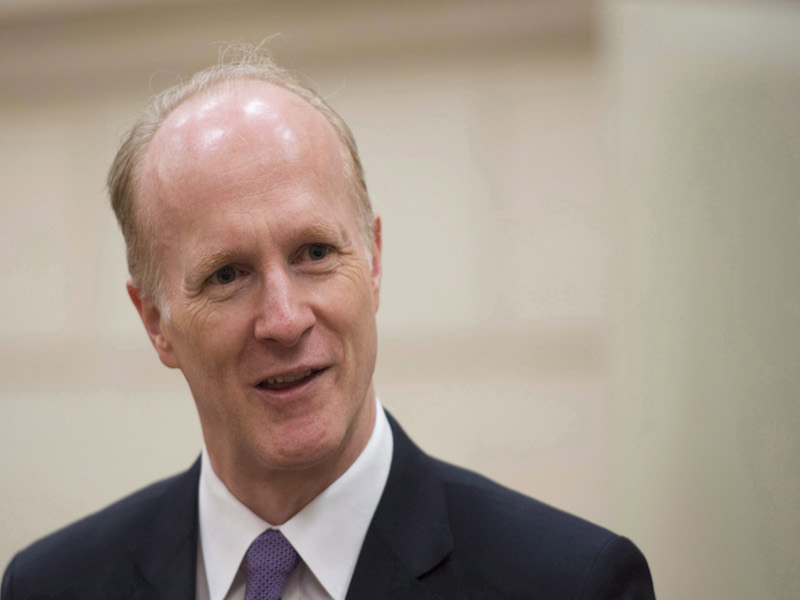

The Canada Pension Plan Investment Board posted a net annual return of 11.6 per cent as the end of its fiscal year on March 31, 2018.
Adding $39.4 billion to its overall holdings, the fund now boasts $356.1 billion in assets under management. The increase included a $36.7-billion return after all expenses and $2.7 billion in contributions from Canadian workers.
“While strong annual results are encouraging, we maintain a long-term perspective,” said Mark Machin, president and chief executive officer of the CPPIB, in a news release.
“We fully expect that one year in 10, the value of the fund will drop by at least 12.5 per cent. The long-term investment horizon of the fund means that we are well prepared to withstand short-term market declines in order to maximize long-term returns.”
Results from Canadian public equity were lacklustre compared with the prior year, pulling in a 2.2 per cent return versus 19.2 per cent in 2017. The fund also decreased its holdings in that segment of its portfolio, finishing the 2018 fiscal year with $8.7 billion in Canadian equity and $1.8 billion less than in 2017. Foreign and emerging markets fared better, with returns of 11 per cent and 18.6 per cent, respectively, but still not reaching the 18.9 per cent that each category gained the prior year. The CPPIB increased its holdings in both areas, raising foreign equity by $14.9 billion to reach $103.3 billion and make up 29 per cent of the fund’s overall portfolio. Emerging market equities rose by $8.5 billion to reach $26.4 billion.
Foreign private equity vastly outstripped the fund’s allocation to Canadian private equity, making up 17.3 per cent and 0.3 per cent of its assets, respectively. The former saw a $10.2 billion increase in the last fiscal year. As for returns, foreign and emerging market private equity earned 16 per cent and 19.5 per cent, respectively, compared to 1.8 per cent for its Canadian investments in that asset class.
Marketable bonds saw a 1.6 per cent gain, compared with 2017’s negative return of 0.9 per cent. Non-marketable bonds fared better, posting a 2.7 per cent gain, versus 1.8 per cent last year.
Real estate grew to $46.1 billion in assets. It posted a 9.4 per cent return, up from 8.3 per cent the year before. Infrastructure grew by $4.3 billion to $28.6 billion and pulled in a 15.2 per cent return, a significant increase from the 7.4 per cent it posted in 2017. Other real assets, consisting of natural resources and agriculture investments, saw a negative return of 9.8 per cent, compared with a positive result of 16.8 per cent the year before.
While fund’s credit investments grew to $22.6 billion from $17.6 billion, the segment’s return fell to 6.9 per cent from 13.9 per cent in 2017.
Notably, the board did see higher costs than the prior year, spending $3.2 billion versus $2.8 billion during the 2017 fiscal period. The release noted operating expenses for the fund were 31.5 basis points, falling in line with its five-year average of 31.6. Other costs consisted of $1 billion in management expenses, $709 million in performance fees paid to external managers and $401 million in transaction costs.
The release noted management expenses increased because of the growth in the fund’s assets with external managers, as well as higher performance fees paid to them due to the strong returns they were able to deliver in the past year.
